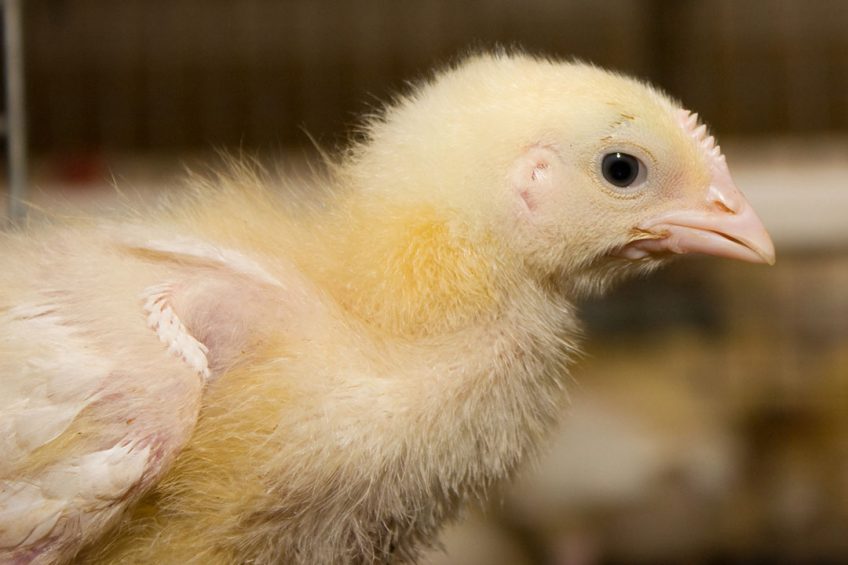Escherichia coli infections in broiler production

Floor eggs from broiler breeders cannot be recommended for use as they pose an E.coli infection risk and increase horizontal transmission in the hatchery.
As E. coli is transmitted vertically from breeders to their offspring, prophylactic measures should include the reduction of disease carrying E.coli in the higher levels of the production pyramid.
The recommendations follow a ProHealth study into E. coli infections in broiler production, which found that infectious causes of mortality were documented in more than half the dead breeders. Salpingitis/peritonitis caused by E.coli was the dominant condition.
Studied 4 broiler parent flocks
The study involved 4 broiler parent flocks, which were followed during the whole production period (20-60 weeks) with post-mortems and bacteriological examinations of randomly selected dead birds.
Newly hatched chickens from each flock were swabbed in the cloaca taking into account the parent age at 30, 40, 50 and 60 weeks, and bacterial flora was analysed.
The causes of first week mortality were determined pathologically and bacteriologically. E. coli isolates were selected for Pulsed-Field-Gel-Electrophoresis and Multi-Locus-Sequence-Typing.
The results of the 991 broiler breeder post-mortems found 29.2% were due to Salpingitis/Peritonitis followed by 8.3% of birds which were egg bound. Fatty livers were attributed to 8% of the deaths, followed by arthritis (6.4%) and cannibalism (5.5%).
E. coli more prevalent in older breeders
More than 430 broiler offspring were sampled and E. coli infection was more prevalent in birds hatched from older breeders. Normal and floor eggs were also sampled in the hatchery, and there was a higher presence of E. coli in the latter.
Jens Peter Christensen, from the University of Copenhagen, said E. coli was more frequently isolated from older than younger breeders.
Professor Christensen, professor of veterinary clinical microbiology, added there was a tendency towards a higher prevalence of E. coli in broilers from older breeders as well as a higher prevalence of E. coli in breeders originating from floor eggs.
Check out the interactive Poultry Health Tool – with the latest insights on the 40+ most common poultry diseases.
Higher first week mortality was recorded in broilers originating from older than younger breeders. Certain strains were particularly prevalent, such as E. coli 131 and 95, which are virulent and can pass down the chain.
Nearly half the investigated E. coli strains were transmitted between salpingitis/peritonitis affected breeders newly hatched chicks at the hatchery and cases of first week mortality in broilers.
Further investigations, he said, were needed around the use of probiotics, eg in the hatcher, and evaluation of the effect of currently used vaccines in the production.
In addition, disinfection procedures of hatching eggs needed greater attention, he concluded.
Join 31,000+ subscribers
Subscribe to our newsletter to stay updated about all the need-to-know content in the poultry sector, three times a week. Beheer
Beheer











 WP Admin
WP Admin  Bewerk bericht
Bewerk bericht